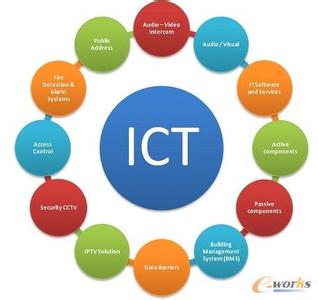Artificial intelligence (AI) has driven many information and communication technology (ICT) breakthroughs. Nonetheless, the scope of ICT systems has expanded far beyond AI since the Turing test proposal. Critically, recent AI regulation proposals adopt AI definitions affecting ICT techniques, approaches, and systems that are not AI. In some cases, even works from mathematics, statistics, and engineering would be affected. Worryingly, AI misdefinitions are observed from Western societies to the Global South. In this paper, we propose a framework to score how \textit{validated as appropriately-defined for regulation} (VADER) an AI definition is. Our online, publicly-available VADER framework scores the coverage of premises that should underlie AI definitions for regulation, which aim to (i) reproduce principles observed in other successful technology regulations, and (ii) include all AI techniques and approaches while excluding non-AI works. Regarding the latter, our score is based on a dataset of representative AI, non-AI ICT, and non-ICT examples. We demonstrate our contribution by reviewing the AI regulation proposals of key players, namely the United States, United Kingdom, European Union, and Brazil. Importantly, none of the proposals assessed achieve the appropriateness score, ranging from a revision need to a concrete risk to ICT systems and works from other fields.
翻译:暂无翻译





